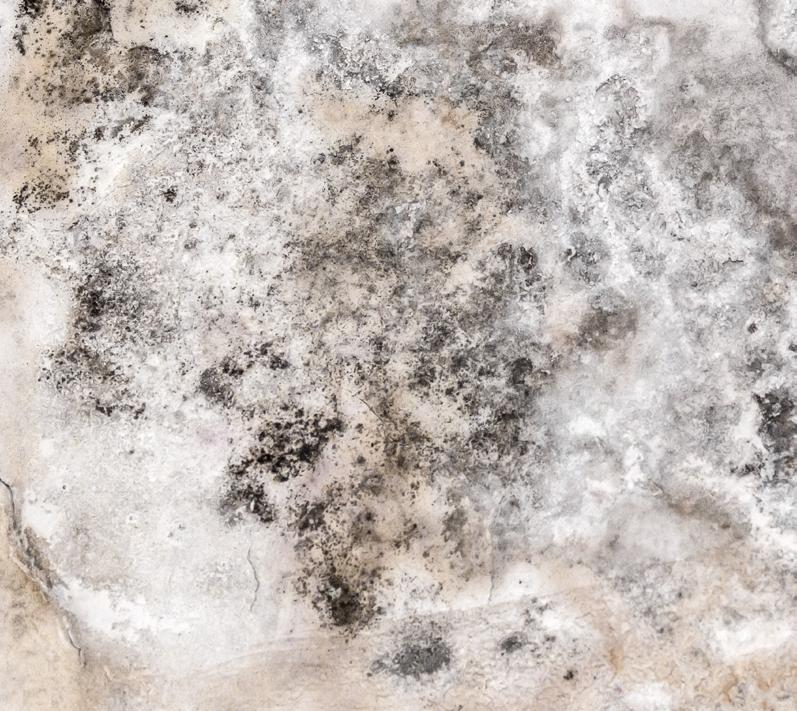
2 minute read
Know your hazards: mould in the workplace
from ThinkSafe vol. 2 no. 1 January 2020
by Department of Energy, Mines, Industry Regulation and Safety
Mould grows in dark areas, including the back of wall linings, the top side of ceiling tiles, the underside of carpets, and on roof materials in ceiling spaces. It can develop on a wide range of surfaces such as wood, paint, walls, fabric, paper and soil. Severe mould growth can cause structural damage to buildings.
Mould at work can be a work health and safety issue
Where mould at a workplace presents a hazard to employees, the employer has a duty of care to control this hazard. If an employee reports health effects which may be related to mould, the employer has an obligation to investigate the employee’s concerns and advise them of actions to be taken to address the matter.
To prevent mould developing, ensure buildings and fixtures are properly maintained so unwanted water cannot enter (e.g. maintain roofing, gutters and water pipes). Air conditioning and ventilation systems should be regularly checked and maintained.
When a tenant of a workplace reports a hazard to the person with control of the workplace, the person has an obligation to identify the hazard, assess the risk of harm to health and consider suitable controls.
Impact on health
You can be exposed to mould by inhaling, ingesting or touching mould spores or particles.
The severity of symptoms depends on:
• species of mould
• amount of mould the person is exposed to
• length of time the person has been exposed
• individual susceptibility.
Some people may develop an allergic reaction to mould and symptoms could include:
• difficulty breathing
• watery, itchy, red eyes
• chronic cough
• headaches or migraines
• rashes (dermatitis)
• fatigue
• blocked nose, sinus problems or frequent sneezing.
Causes of mould problems
Moisture is the most important factor influencing mould growth indoors. Common sources of moisture indoors include roof and gutter leaks, flooding, leaking and burst pipes, water vapour (from showers, dryers, unfueled gas heaters or industrial processes) and humidity.
Preventing mould problems
In most cases, mould problems can be avoided by:
• preventing unwanted water entering the building
• limiting the amount of water vapour released inside the building
• using ventilating processes to release water vapour.
Investigating mould problems
Mould investigations should be conducted when:
• musty smells are reported
• visible mould growth is present
• flooding or water leaks have occurred
• condensation problems have been identified.
Investigating mould can be difficult and, in some cases, may require an experienced professional and specialised equipment. Investigations should be done with caution to avoid dispersing mould. Personal protective equipment (PPE) should be used if significant mould growths are found. Suitable PPE may include disposable overalls, a Class P2 (particulate) respirator, gloves and safety glasses.
Laboratory testing may be required if the source of the mould is unclear, or workers express health concerns relating to mould exposure.
Mould remediation
Mould remediation work includes finding the source of the water problem, addressing it, and safely cleaning up the mould. Professional mould remediators should be used for larger jobs.
Further information
• Occupational Safety and Health Act 1984 [ss. 19(1), 22 and 23K]
• Occupational Safety and Health Regulations 1996 [r. 3.1]
• Mould at work
• Mould and dampness
• WHO guidelines for indoor air quality: dampness and mould







